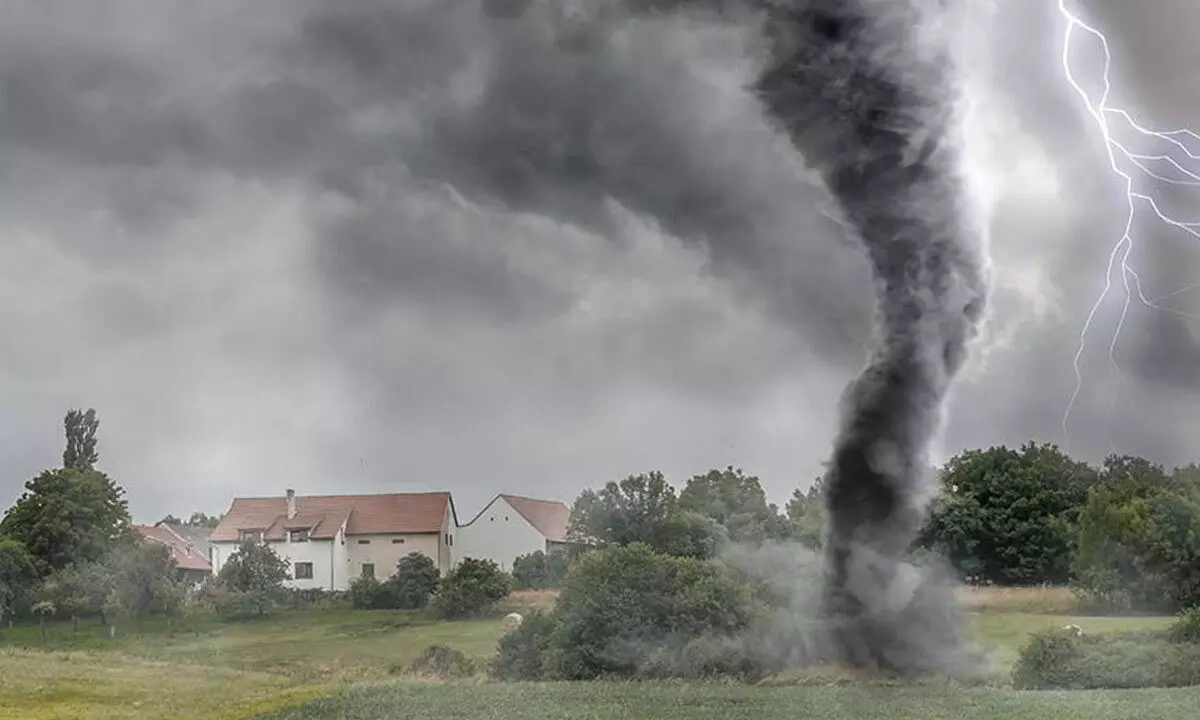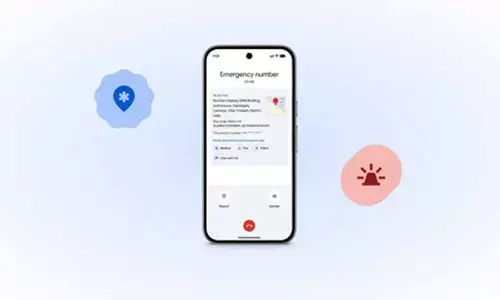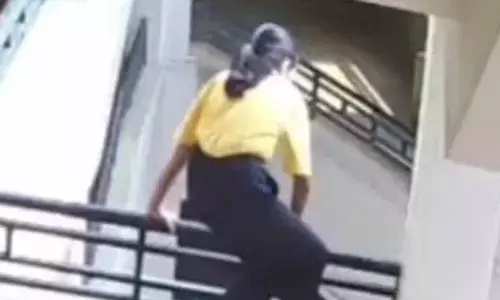Why tornadoes are hard to forecast

Why tornadoes are hard to forecast
As a deadly tornado headed toward Rolling Fork, Mississippi, on March 24, 2023, forecasters saw the storm developing on radar and issued a rare “tornado emergency” warning.
As a deadly tornado headed toward Rolling Fork, Mississippi, on March 24, 2023, forecasters saw the storm developing on radar and issued a rare "tornado emergency" warning. NOAA's Weather Prediction and Storm Prediction centres had been warning for several days about the risk of severe weather in the region. But while forecasters can see the signs of potential tornadoes in advance, forecasting when and where tornadoes will form is still extremely difficult.
Often, you'll have a line of thunderstorms in an environment that looks favourable for tornadoes, and one storm might produce a tornado but the others don't. The differences between them could be due to small differences in meteorological variables, such as temperature. Even changes in the land surface conditions – fields, forested regions or urban environments – could affect whether a tornado forms. These small changes in the storm environment can have large impacts on the processes within storms that can make or break a tornado.
One of the strongest predictors of whether a thunderstorm produces a tornado relates to vertical wind shear, which is how the wind changes direction or speed with height in the atmosphere. How wind shear interacts with rain-cooled air within storms, which we call "outflow," and how much precipitation evaporates can influence whether a tornado forms. If you've ever been in a thunderstorm, you know that right before it starts to rain, you often get a gust of cold air surging out from the storm. The characteristics of that cold air outflow are important to whether a tornado can form, because tornadoes typically form in that cooler portion of the storm. How far in advance can you know if a tornado is likely to be large and powerful? It's complicated.
Radar is still our biggest tool for determining when to issue a tornado warning – meaning a tornado is imminent in the area and people should seek shelter. The vast majority of violent tornadoes form from supercells, thunderstorms with a deep rotating updraft, called a "mesocyclone." Vertical wind shear can enable the midlevels of the storm to rotate, and upward suction from this mesocyclone can intensify the rotation within the storm's outflow into a tornado. If you have a supercell and it has strong rotation above the ground, that's often a precursor to a tornado. Some research suggests that a wider mesocyclone is more likely to create a stronger, longer-lasting tornado than other storms.
The percentage of tornadoes that receive a warning has increased over recent decades, due to Doppler radar, improved modeling and better understanding of the storm environment. About 87 per cent of deadly tornadoes from 2003 to 2017 had an advance warning. The lead time for warnings has also improved. In general, it's about 10 to 15 minutes now. That's enough time to get to your basement or, if you're in a trailer park or outside, to find a safe facility. Not every storm will have that much lead time, so it's important to get to shelter fast.
What are researchers discovering today about tornadoes that can help protect lives in the future? If you think back to the movie "Twister," in the early 1990s we were starting to do more field work on tornadoes. Scientists can't launch a weather balloon or send instruments into every storm, though. So, we also use computers to model storms to understand what's happening inside. There are also new tools in storm chasing. There's been an explosion in the use of drones – scientists are putting sensors into unmanned aerial vehicles and flying them close to and sometimes into the storm. The focus of tornado research has also shifted from the Great Plains – the traditional "tornado alley" – to the Southeast. What's different about tornadoes in the Southeast? In the Southeast there are some different influences on storms compared with the Great Plains. The Southeast has more trees and more varied terrain, and also more moisture in the atmosphere because it's close to the Gulf of Mexico. The processes that lead to tornadoes in these storms can be different, and scientists are learning more about that. Some research has also suggested the start of a climatological shift in tornadoes toward the Southeast. It can be difficult to disentangle an increase in storms from better technology spotting more tornadoes, though. So, more research is needed.











